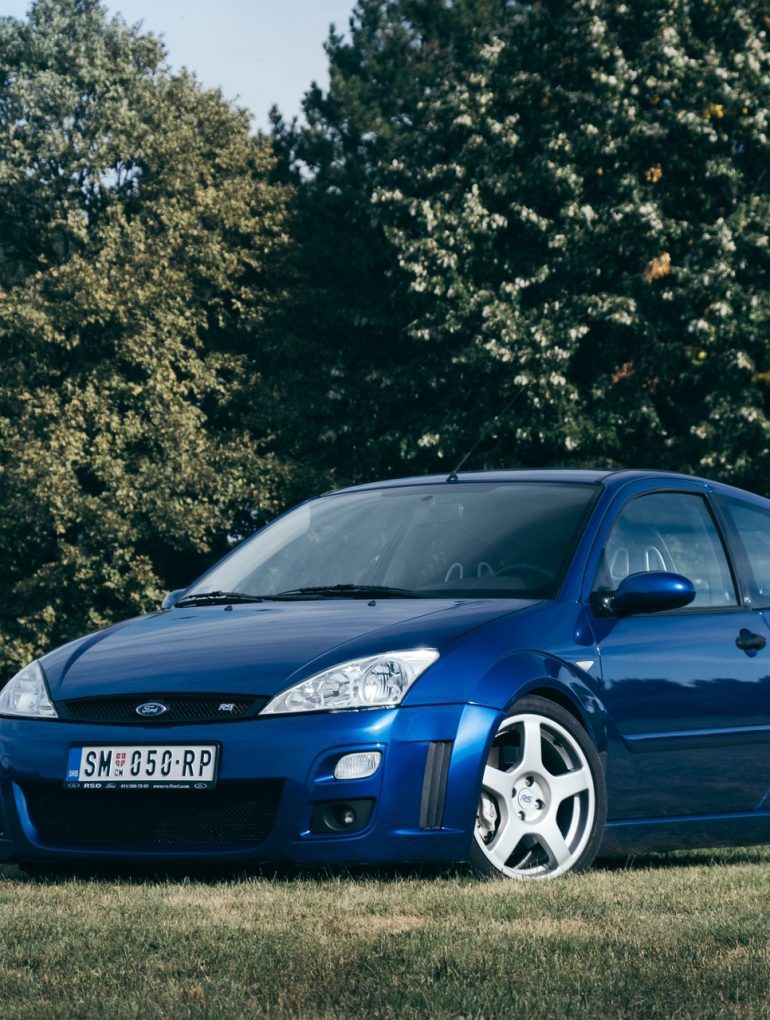Blisteringly fast, sometimes unforgiving and exclusively blue, the Mark I Ford Focus RS is a sublime analog sports car disguised as a boy-racer-ish hot hatchback. In the two decades since its introduction, this Euro-only limited production Ford has matured into a pretty desirable classic.
The first Ford Focus RS is one of the finest examples of affordable power at the dawn of the third millennium. Saying that this hot hatchback was worthy of the famous RS insignia is an understatement, because it is way more than just a Focus with a lower stance and the strongest production engine that could fit in the engine bay. It was conjured, engineered and executed out of sheer enthusiasm rather than for profits, and that shows from the moment you step on the gas.



